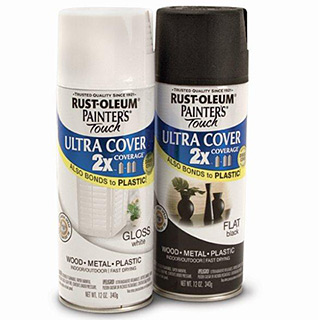Yes, but I am okay with that. Airbrushing the basecoat saves a lot of time, and I really like the look of the oil wash, but that requires a gloss coat, which doesn't tak paint well, so a matte coat goes over the gloss coat. I oil was early, which is different than most, but I like the way the oil wash brings out the detail. So the pattern is thus:
1. Prime the miniature ( I use gesso).
2. Base coat with the deep colors.
3. Gloss coat.
4. Oil wash.
5. Matte coat.
6. Paint.
7. Gloss coat.
8 matte coat x2.
If I am really honest, I sometimes also do a second oil wash, which adds three steps. If you really want to go the distance, cleaning up after an oil wash is its own step as well. This makes 13 steps wich proves that painting miniatures is a harde addiction to confront that some other process (j/k).
The reality is that this not an inordinate amount of steps for anyone using an oil wash technique. The final varnish process works for me, because I use my minis in games and the gloss coat offers better protection, but matte offers a nicer finish.
Also, in terms of time, all the airbrush work listed above can be done on a table top quality mini in about ten minutes. Which is next to nothing. Taking more time on a display mini means the process takes about twenty minutes. (though admittedly this does not factor in drying time.). Taking into consideration the fact that I typically structure my painting so that I am airbrushing more than one mini at a time, this makes the process even less time consuming ( it takes about the same time to varish ten minis as it does one.
Realities to how much time a dent layering job takes, or even edge highlighting, this is mostly meaningless, by far the most time consuming part of any miniature is the painting process.
Some painters even do layers of varnish between painting sessions and to seal in pigments.


